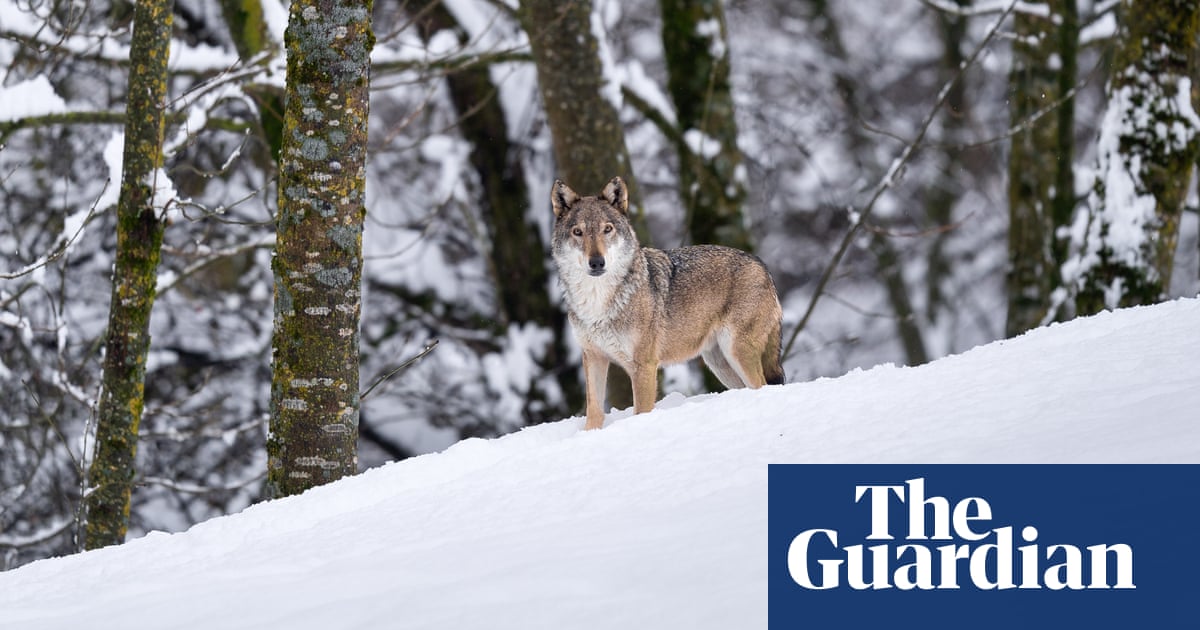When Luigi Boitani, Italy’s leading wolf expert, captured a hybrid in 1975, he says he “was met with everything from gentle opposition to [people who] said, ‘this is bullshit’.”
Time has proven Boitani right. Today, a growing number of studies point to the presence of hybrids in nearly every European country with wolves, and in some areas their numbers are growing steadily. In Boitani’s native Tuscany, and other regions, they have become endemic, accounting for as much as 70% of the wolf population. The rise has been driven by the increasing destruction of wolf habitats and the expansion of human settlements, which bring people, their pets, and packs of stray dogs into more frequent contact with wolf packs.
In some regions “they are basically all hybrids,” Boitani says. “In this case, there is nothing you can do. You cannot send the army and kill everything.”
Hybrids trouble conservationists partly for their unpredictability. They may increase conflict with humans, crowd pure-blood wolves out of their habitat, or reduce the viability of future offspring, hampering efforts to revive Europe’s wolf population.



Yeah, for most of human/dog history our populations weren’t as removed from the wolf populations as they are in the modern world. I would think there was a lot of generic exchange until recently and, if this is on the rise, it’s just a return to the norm.
I am not so sure about this. There used to be plenty of space for both. There was no “forced” interaction and the dog population was much smaller. So there was no genetic pressure into the wolf population, even if there were some crossovers. Now the habitation is extremely limited for wolves, getting into contact with human population is inevitable and any influx of dog genes into the wolf population has a realistic chance of forcing itself through, as seen by the hybrids making up most of the wild wolf population in many places.
In 1800 the Western European populations were at a bout half of what they are today. In Northern and Eastern Europe it was more like a quarter to a fifths of todays population. But back then there were no cars, hardly any trains, and the overall land usage was much much smaller than today.
Do you having anything at all to base this on or is it just vibes?